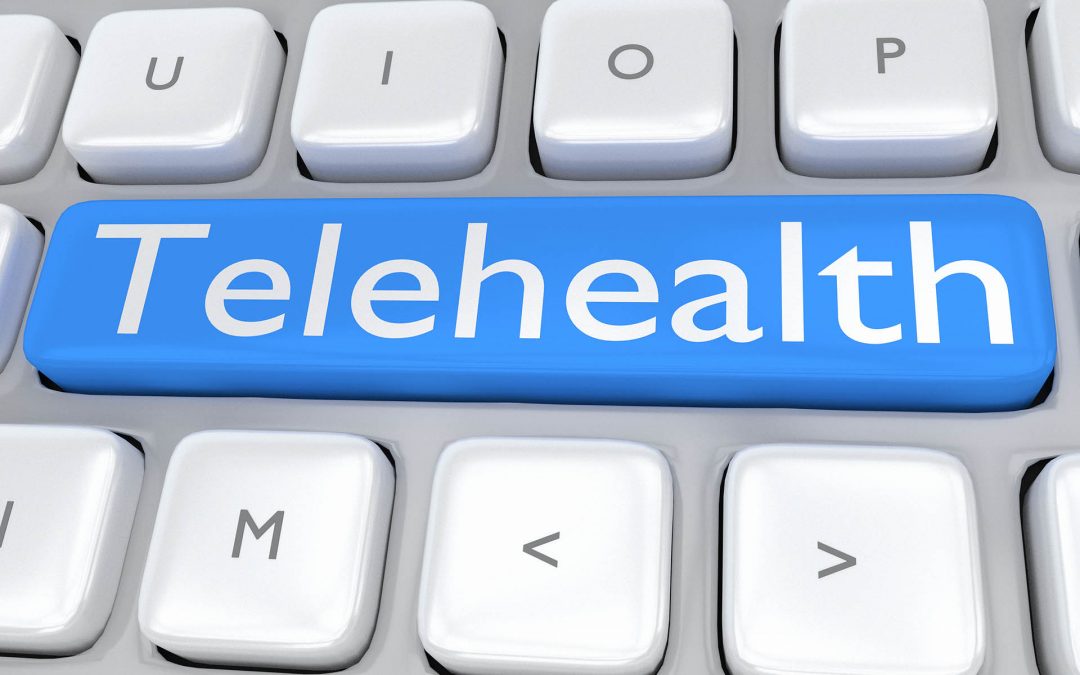(15 Credits/Hours)
Launch Date: August 5, 2025
Expires: August 31, 2027
Course Overview
This comprehensive course explores the rapidly evolving landscape of telehealth and remote patient monitoring (RPM) technologies. Designed for healthcare professionals, administrators, technology specialists, and students, this course provides both theoretical foundations and practical implementation strategies for successful telehealth programs.
The course examines how digital health technologies are revolutionizing healthcare delivery, improving patient access, reducing costs, and enhancing care quality. Participants will gain hands-on knowledge of telehealth platforms, remote monitoring devices, data analytics, regulatory compliance, and best practices for patient engagement in virtual care environments.
Through case studies, interactive modules, and real-world scenarios, learners will develop the skills necessary to design, implement, and manage effective telehealth and remote monitoring programs across various healthcare settings, from primary care clinics to specialized medical centers and home health agencies.
Table of Content
- Foundations of Telehealth
- Remote Patient Monitoring (RPM) Fundamentals
- Technology Infrastructure and Platforms
- Remote Monitoring Devices and Sensors
- Data Management and Analytics
- Regulatory Framework and Compliance
- Implementation Strategies and Workflow Design
- Patient Engagement and Experience
- Clinical Applications and Specialties
- Business Models and Financial Considerations
- Quality Assurance and Risk Management
- Future Trends and Innovation
Learning Objectives
Upon completion of this course, you will be able to:
Knowledge Objectives
- Define telehealth, telemedicine, and remote patient monitoring concepts and differentiate between various service delivery models
- Explain the regulatory landscape governing telehealth practices, including FDA, CMS, and HIPAA requirements
- Identify key stakeholders, market drivers, and barriers to telehealth adoption in different healthcare settings
- Describe various remote monitoring technologies, devices, and their clinical applications across medical specialties
- Analyze data management workflows, analytics capabilities, and integration requirements for telehealth systems
Skill-Based Objectives
- Evaluate telehealth platforms and remote monitoring solutions based on clinical needs, technical requirements, and budget constraints
- Design comprehensive implementation plans including workflow integration, staff training, and patient onboarding strategies
- Develop policies and procedures for telehealth service delivery, quality assurance, and risk management
- Create patient education materials and communication strategies to enhance engagement and adherence
- Implement data collection, analysis, and reporting systems to measure program effectiveness and clinical outcomes
Application Objectives
- Conduct needs assessments and feasibility studies for telehealth program development
- Establish clinical protocols and care pathways optimized for virtual and remote monitoring environments
- Build sustainable business models incorporating appropriate reimbursement strategies and value-based care principles
- Manage cross-functional teams through telehealth implementation projects, including change management processes
- Optimize patient care delivery through effective use of technology while maintaining quality and safety standards
Critical Thinking Objectives
- Assess the impact of telehealth on healthcare access, quality, and cost-effectiveness across diverse patient populations
- Compare different approaches to remote monitoring for chronic disease management and preventive care
- Evaluate ethical considerations related to digital health equity, privacy, and the therapeutic relationship
- Synthesize evidence-based practices with emerging technologies to develop innovative care delivery models
- Anticipate future trends and challenges in telehealth and develop adaptive strategies for program sustainability
Professional Development Objectives
- Demonstrate competency in telehealth clinical practice and technology utilization
- Communicate effectively with patients, families, and healthcare teams in virtual care environments
- Collaborate with multidisciplinary teams including IT professionals, administrators, and clinical specialists
- Lead organizational change initiatives related to digital health transformation
- Maintain current knowledge of telehealth regulations, best practices, and technological advances through continuing education
Outcome-Based Objectives
- Improve patient access to healthcare services through effective telehealth program implementation
- Enhance clinical outcomes through appropriate use of remote monitoring and data-driven care decisions
- Reduce healthcare costs while maintaining or improving quality of care through efficient service delivery models
- Increase patient satisfaction and engagement through user-centered design and comprehensive support systems
- Advance organizational capabilities in digital health innovation and technology adoption




